Call us now
Heat Detector Installation Service
Product Details:
Heat Detector Installation Service Price And Quantity
- 1 Number
- 100000.0 INR/Number
Heat Detector Installation Service Trade Information
- 1
- Cash Against Delivery (CAD) Cash on Delivery (COD)
- 1 Number Per Week
- 1 Week
- Yes
- Contact us for information regarding our sample policy
- SERVICE
- Asia
- All India
- ISO
Product Description
This service involves the supply, installation, testing, and commissioning of heat detectors as part of a fire detection system. Heat detectors are critical for identifying temperature increases caused by fires, particularly in areas where smoke detectors may not be suitable (e.g., kitchens, industrial environments). The installation will comply with local fire safety regulations and relevant international standards (e.g., NFPA 72, BS 5839, EN 54).
Detailed Description of Services:
-
System Design & Planning:
-
Site assessment to determine areas requiring heat detection based on building layout and fire risk analysis
-
Selection of appropriate heat detectors (e.g., fixed temperature or rate-of-rise type) based on environmental conditions and risk factors
-
System design including placement of detectors, wiring layout, and integration with fire alarm systems or control panels
-
Compliance with local building codes and fire safety standards to ensure system effectiveness and reliability
-
-
Material Supply:
-
Heat Detectors: Fixed temperature or rate-of-rise models, depending on the area of installation and fire risk
-
Wiring and Cabling: Required cables for connecting detectors to the fire alarm panel or control system
-
Control Panel Integration: Connection to the fire alarm system or other notification systems for coordinated fire response
-
Mounting Hardware: Brackets, boxes, and other installation accessories for securely mounting detectors in the designated locations
-
-
Installation:
-
Mounting of heat detectors in appropriate locations (ceilings or walls) according to the manufacturers guidelines and fire safety codes
-
Wiring of detectors to the fire alarm control panel or monitoring system
-
Configuration of detectors to ensure proper calibration for accurate fire detection
-
Integration with fire alarm system to ensure seamless notification in case of fire (including sirens, strobes, or emergency systems)
-
Marking and labeling of devices for easy identification and maintenance
-
-
Testing & Commissioning:
-
System testing to ensure that all heat detectors are operational and communicating with the central fire alarm panel
-
Functional testing of detectors to verify their response to heat thresholds (either fixed temperature or rate-of-rise)
-
Calibration of detectors (if required) to ensure proper sensitivity levels are maintained
-
Verification of wiring integrity and connectivity to ensure accurate detection and alarm triggering
-
System performance verification under simulated fire scenarios to ensure optimal response time
-
Commissioning certificate confirming that the system has been installed and tested according to regulations
-

Price:
- 50
- 100
- 200
- 250
- 500
- 1000+
Other Products in 'Fire Safety Installation Service' category

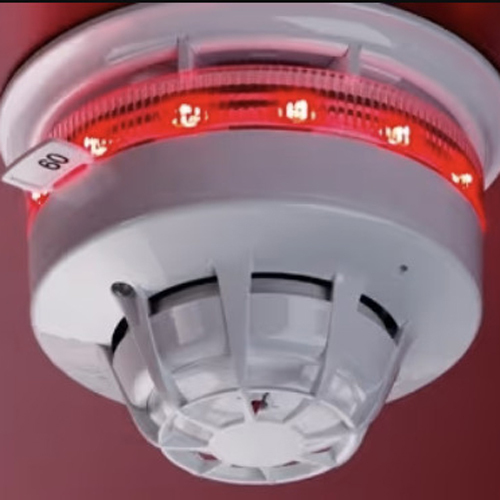

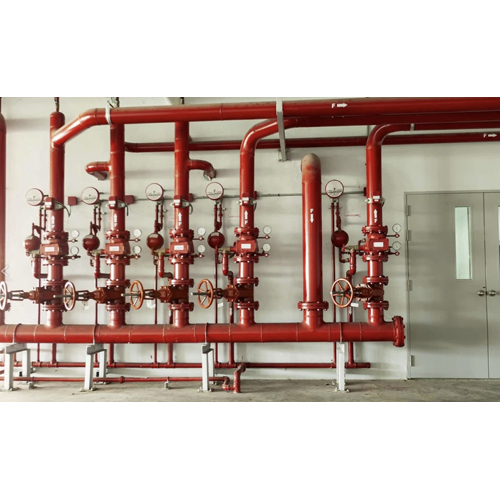
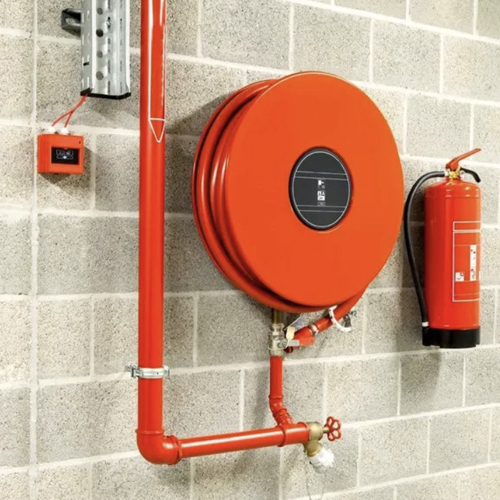
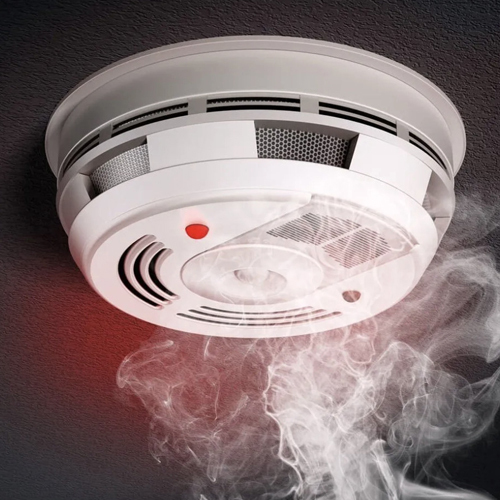
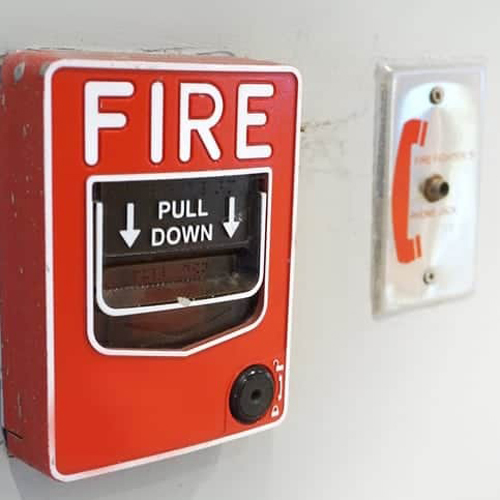
 Send Inquiry
Send Inquiry Send SMS
Send SMS